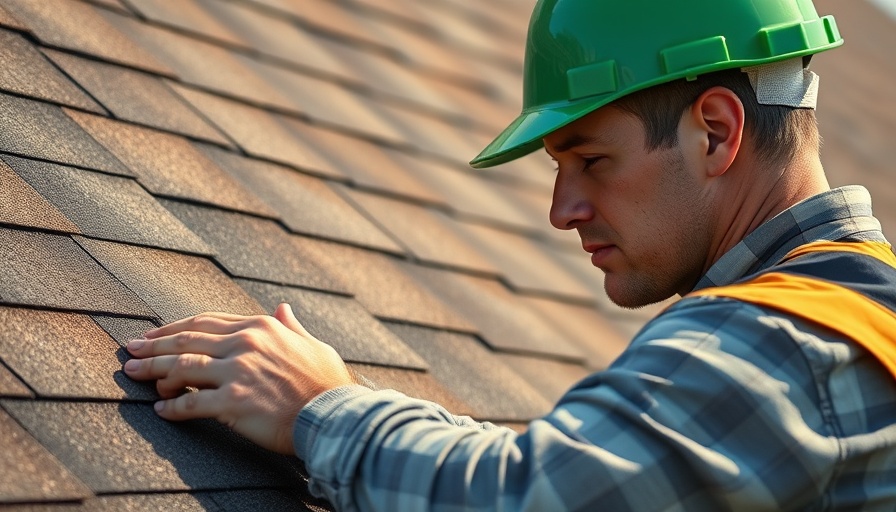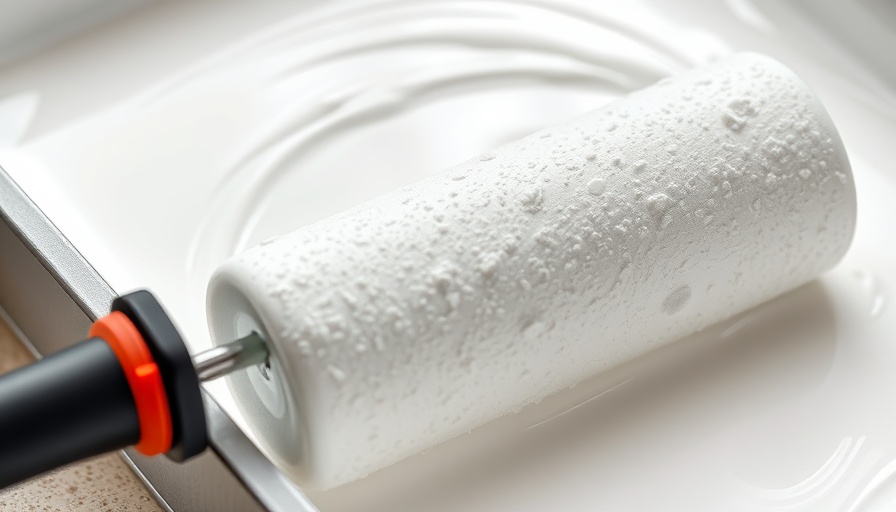
Understanding Roof Resilience: Why It Matters
In the face of climate change, extreme weather patterns have made resilience a critical attribute for home construction, particularly when it comes to roofing. Roofs play a vital role in protecting our homes from environmental damage, contributing to energy efficiency, and ensuring the safety of the residents below. With rising instances of hurricanes, heavy snowfall, and intense sun exposure across many regions, opting for a more resilient roofing system has become essential. But what exactly does a resilient roof entail?
Materials That Make a Difference
When considering what makes a roof resilient, selecting the right materials is paramount. Modern roofing products are designed to withstand elements while also providing better energy efficiency. For instance, metal roofs have gained popularity for their longevity, fire resistance, and ability to shed snow efficiently, making them ideal in snowy climates. Meanwhile, synthetic roofing materials offer durability and flexibility, enabling homes to weather everything from sleet to hail without sustaining damage.
The Importance of Installation Techniques
Beyond choosing the perfect materials, hiring skilled contractors who understand robust installation techniques is crucial. A well-installed roof is more likely to resist damage from severe weather. According to experts, roofs should have adequate ventilation to prevent heat buildup and moisture accumulation. This balance can significantly extend the lifespan of your roof, enabling you to save on maintenance and replacement costs down the line.
Future Trends in Roofing Technology
Looking ahead, emerging innovations in roofing technology are set to transform residential roofing into a more sustainable and resilient discipline. One of these trends includes the integration of solar technologies directly into roofing materials. Instead of installing traditional solar panels, roofs can now incorporate photovoltaic materials, eliminating the need for additional structural alterations while enhancing energy capture.
Real-Life Benefits for Homeowners
Investing in a resilient roofing system can yield several tangible benefits for homeowners. Not only do they enhance aesthetic appeal, but they also improve energy efficiency, leading to reduced utility expenses. Furthermore, many insurance companies offer discounts on premiums for homes with resilient roofing, recognizing the lowered risk of claims related to weather damage.
Common Misconceptions About Roofs
Despite the growing awareness about resilient roofing, misconceptions persist. A frequent myth is that metal roofs are excessively noisy during rain – in reality, well-installed metal roofs have sound-dampening materials underneath, rendering noise from rain minimal. Another myth is that energy-efficient roofs are expensive; however, the long-term energy savings often outweigh the initial investment.
Actionable Insights for Your Roof
Considering the substantial role that roofs play in home protection, homeowners should explore roofing options that blend durability with eco-friendliness. Start by assessing your current roof's condition and determine if it's time for an upgrade. Consult professionals to explore the most suitable options that can withstand local climate factors.
In conclusion, a resilient roof not only protects your home but also contributes to overall energy efficiency and safety. Making informed decisions about roofing materials and installation techniques can result in long-lasting benefits. For homeowners ready to take proactive steps toward a more resilient and sustainable living environment, it’s worth exploring higher-quality roofing solutions. Don’t wait for a weather-related disaster to prompt action—evaluate your roof today for a safer tomorrow. Add Row
Add Row  Add
Add 






Write A Comment